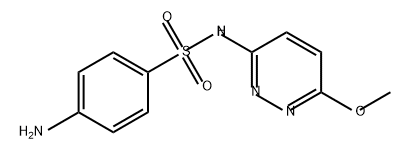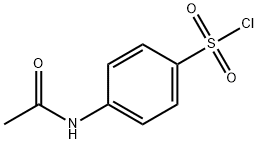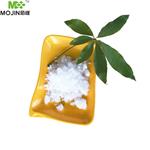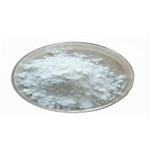
Sulfamethoxypyridazine
- Product NameSulfamethoxypyridazine
- CAS80-35-3
- CBNumberCB1107025
- MFC11H12N4O3S
- MW280.3
- EINECS201-272-5
- MDL NumberMFCD00057372
- MOL File80-35-3.mol
Chemical Properties
| Melting point | 182-183° |
| Boiling point | 564.9±60.0 °C(Predicted) |
| Density | 1.3936 (rough estimate) |
| refractive index | 1.6200 (estimate) |
| storage temp. | 2-8°C |
| solubility | DMSO (Slightly), Methanol (Slightly) |
| form | Crystalline Powder |
| pka | 6.7(at 25℃) |
| color | White to yellow |
| Water Solubility | 579.5mg/L(25 ºC) |
| Merck | 14,8919 |
| BRN | 277076 |
| CAS DataBase Reference | 80-35-3(CAS DataBase Reference) |
| FDA UNII | T034E4NS2Z |
| ATC code | J01ED05 |
| NIST Chemistry Reference | Pyridazine, sulfamethoxy-(80-35-3) |
| UNSPSC Code | 41116107 |
| NACRES | NA.24 |
Safety
| Symbol(GHS) |

|
|||||||||
| Signal word | Danger | |||||||||
| Hazard statements | H317-H334 | |||||||||
| Precautionary statements | P261-P272-P280-P284-P302+P352-P333+P313 | |||||||||
| Hazard Codes | Xi | |||||||||
| Risk Statements | 37/38-41 | |||||||||
| Safety Statements | 26-39 | |||||||||
| WGK Germany | 2 | |||||||||
| RTECS | WP0400000 | |||||||||
| F | 10 | |||||||||
| HS Code | 29350090 | |||||||||
| Toxicity | LD50 orally in mice: 1750 mg/kg, (Seki) | |||||||||
| NFPA 704: |
|




